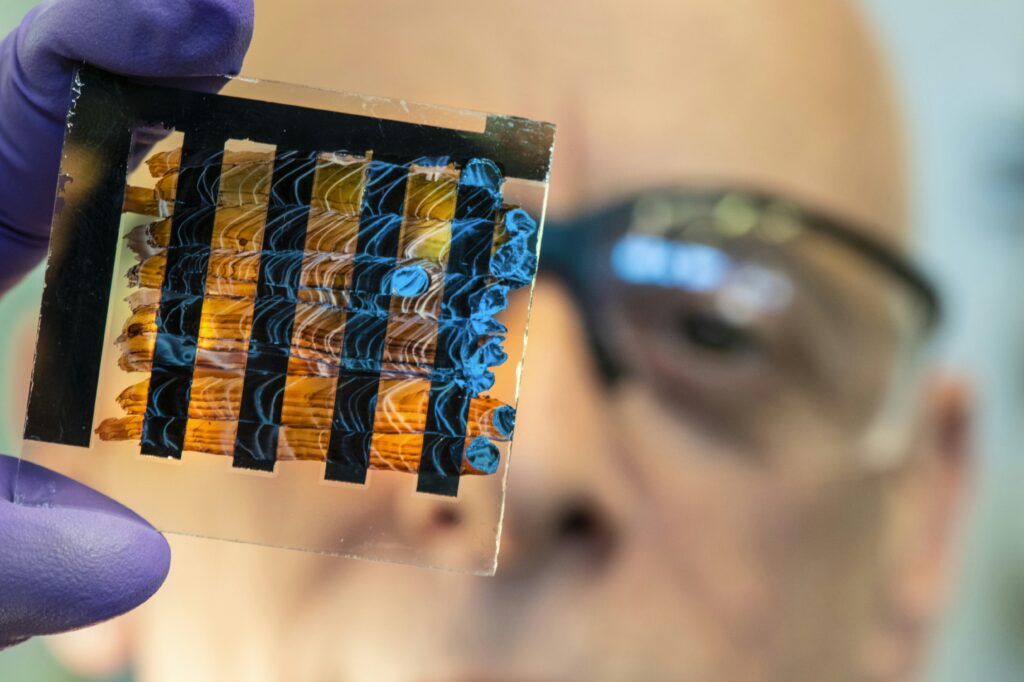
The promise of a groundbreaking biochemical discovery is vividly illustrated in the case of an 8-year-old boy who, until recently, was an active participant in typical childhood sports. By November 2023, however, he required a wheelchair due to a rare disease causing progressive paralysis. As part of a pioneering study, neurologists at NYU Langone Health administered an experimental compound that partially reversed his rapid decline. Remarkably, two months into the treatment, the boy regained the ability to walk long distances and even run.
Published online on July 9 in the journal Nature, this research focuses on mitochondria, the “powerhouses” of human cells, which convert sugars and fats into energy. This energy production process relies on coenzyme Q10 (CoQ10), synthesized by human cells. The young patient was born with HPDL deficiency, a potentially fatal condition that impedes CoQ10 production, leading to paralysis, limb stiffness, and fatigue.
Scientific Breakthrough and Its Origins
The child’s treatment was facilitated by a 2021 study led by Robert Banh, PhD, then a postdoctoral fellow in the lab of Michael E. Pacold, MD, PhD, at NYU Grossman School of Medicine. This study laid the groundwork for transforming laboratory findings into an effective experimental therapy.
Banh’s research uncovered that CoQ10 synthesis begins when the enzyme HPDL converts 4-hydroxymandelate (4-HMA) into 4-hydroxybenzoate (4-HB). These compounds are crucial for CoQ10 production. The Pacold lab demonstrated that supplementing with 4-HMA or 4-HB could restore CoQ10 synthesis and mitigate brain damage in mice lacking HPDL.
“To our knowledge, this is the first demonstration that neurological symptoms of a primary CoQ10 deficiency can be stabilized or improved by supplying, not CoQ10 itself, but instead its smaller, more easily processed precursors,” said Pacold, senior author of the study.
From Laboratory to Life-Changing Treatment
When approached by the boy’s parents, who were witnessing their child’s rapid decline, the researchers shared their findings with NYU Langone pediatric neurologists Claire Miller, MD, PhD, and Giulietta Riboldi, MD, PhD. The team collaborated with experts to secure government authorization for treating the boy with 4-HB. The results were astonishing, with partial reversal of the child’s spasticity within two months.
The discovery was serendipitous, emerging from research into CoQ10’s anti-cancer potential. During these studies, the team observed recovery from neurodegenerative processes in animal models, leading to the development of the child’s treatment.
Implications for Broader Applications
Beyond rare diseases, CoQ10 levels are known to decrease with age and in conditions like heart disease, diabetes, and Alzheimer’s. The CoQ10 supplement industry is projected to become a billion-dollar market, yet only a small fraction of ingested CoQ10 is absorbed due to its size. This may explain its limited efficacy in treating HPDL/CoQ10 deficiencies.
The research team theorizes that the treated child retained some HPDL function, allowing for normal development until a critical point. Identifying the optimal treatment window and dosage will be the focus of future studies.
NYU Langone owns the intellectual property for this treatment and is seeking to license it for further development. Dr. Pacold received the Pershing Square Foundation’s “MIND” Prize, accompanied by $750,000 to support this work.
Collaborative Efforts and Future Directions
The study involved a multidisciplinary team from NYU Langone and other institutions, supported by numerous grants and awards. The treatment was conducted under a conflict-of-interest management plan, ensuring ethical compliance.
NYU Langone Health, renowned for its integrated health system and high patient outcomes, played a pivotal role in translating this research into a life-changing treatment. As the healthcare landscape evolves, such breakthroughs underscore the potential of collaborative research to address complex medical challenges.
As researchers continue to explore CoQ10 precursors’ therapeutic potential, the hope is to extend these benefits to more patients, potentially transforming the management of various neurodegenerative diseases.





